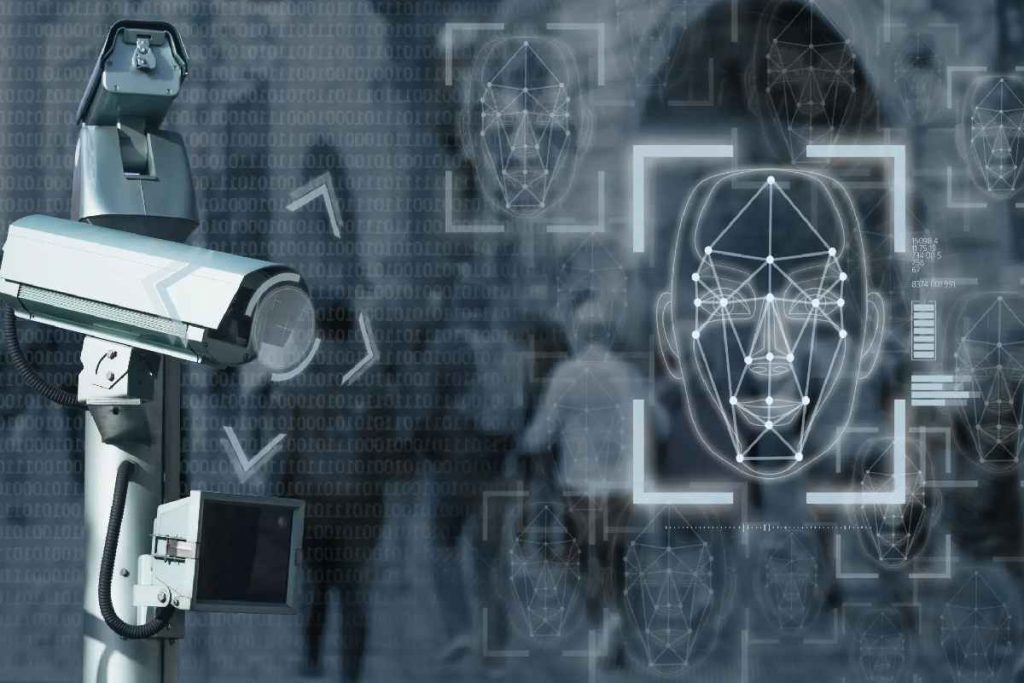In the rapidly evolving retail landscape, data is everything. From understanding customer behavior to optimizing in-store experiences, businesses are relying on advanced technologies to stay competitive. One innovation making a significant impact is facial recognition security camera, a blend of physical surveillance and intelligent analytics. Companies like Coram are leading this shift by offering AI-powered solutions that not only enhance store security but also unlock actionable insights through real-time customer analytics.
Far from being just a security tool, these AI-powered systems are now central to how retailers monitor foot traffic, recognize loyal customers, and even gauge shopper sentiment in real time.
Table of Contents
What Is Facial Recognition in Retail?
Facial recognition technology identifies and verifies individuals using their facial features. In a retail context, security cameras equipped with facial recognition software can do more than prevent theft; they can collect insights on customer patterns, preferences, and emotions. This data empowers retailers to make smarter decisions that boost both efficiency and engagement.
Key Use Cases of Facial Recognition in Retail
1. Tracking Foot Traffic and Store Flow
Retailers have long relied on heat maps and traffic counters to study store performance. Facial recognition takes this a step further.
- What It Does:
Recognizes unique faces (anonymized if needed) to track the number of people entering and exiting, how long they stay, and which sections attract the most attention. - Business Impact:
Helps optimize store layouts, staff deployment, and promotional placements by understanding real-time shopper movement. - Example:
A fashion retailer uses facial recognition to detect peak footfall hours and adjust staff schedules accordingly, ensuring better service during busy periods.
2. Recognizing VIP and Repeat Customers
Customer loyalty is gold in retail, and personalization is key. Facial recognition enables instant identification of high-value or frequent customers.
- What It Does:
Matches faces with profiles in customer loyalty systems to deliver personalized greetings, exclusive offers, or customized assistance. - Business Impact:
Enhances customer satisfaction and retention through proactive and individualized service. - Example:
A luxury cosmetics store uses facial recognition to notify staff when a VIP customer walks in, prompting immediate personalized attention complete with product recommendations based on previous purchases.
3. Emotion Analysis for Customer Sentiment
Facial recognition cameras can also interpret facial expressions to analyze customer emotions joy, frustration, boredom, surprise, etc. in real time.
- What It Does:
Uses AI to map emotional cues and associate them with specific in-store experiences or interactions. - Business Impact:
Helps retailers refine displays, layout, or service when emotional feedback trends negative. Can also test responses to new product launches or ad campaigns. - Example:
A tech retailer notices that shoppers frequently show confusion near a new VR display. The store then adds an explainer video and sees increased engagement.
The Technology Behind the Scenes
Facial recognition systems integrate high-resolution IP cameras, edge computing, and AI-powered software to process visual data instantly. The real-time nature of this system enables immediate action whether that’s alerting staff or updating analytics dashboards.
Most modern systems offer privacy-first features, such as anonymization and compliance with global standards like GDPR and CCPA. Cloud integration also allows businesses to access insights across multiple locations from a single platform.
Benefits to Retailers
- Real-time Customer Insights
Gain a live understanding of who’s in your store and how they’re interacting with your products and space. - Improved Customer Experience
Personalized service fosters trust and loyalty, while emotion recognition helps refine every aspect of the shopping journey. - Operational Efficiency
Optimize store layouts, staffing, and promotions based on actual footfall and behavioral data. - Security with Intelligence
Of course, these systems still function as robust security tools helping prevent theft or flag blacklisted individuals.
Ethical Considerations and Transparency
As powerful as facial recognition technology is, it comes with a responsibility. Retailers must:
- Clearly inform customers if facial recognition is being used
- Offer opt-out mechanisms where applicable
- Ensure data is encrypted, anonymized (if needed), and not misused
- Partner with compliant vendors
Being transparent not only protects your brand it also strengthens customer trust.
Future Trends: Where Facial Recognition in Retail Is Heading
- Integration with AR/VR: Personalized in-store experiences triggered by facial recognition.
- Dynamic Digital Signage: Real-time ads based on demographic and emotion data.
- Cross-Channel Personalization: Facial data linked to online behavior for a seamless omni-channel journey.
Final Thoughts
Facial recognition security cameras are no longer just about watching they’re about understanding. In today’s competitive retail environment, the ability to track customer behavior, recognize VIPs, and measure emotional responses can drive significant gains in customer satisfaction and revenue.
As long as privacy and ethical concerns are addressed, facial recognition is poised to become a cornerstone of the modern retail experience turning data into delight, and surveillance into service.
